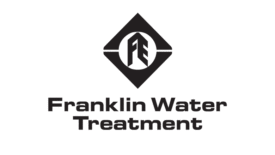Home » water treatment
Articles Tagged with ''water treatment''
Clean water and reducing water waste for Earth Day
Plumbers can be the link to not only saving water, but money too.
April 21, 2023
Ongoing water quality issues present opportunities for plumbers
Point-of-use and point-of-entry water filtration systems on the rise.
April 13, 2023
Nicole Krawcke: The war on forever chemicals
First-ever national drinking water standard proposed for PFAS.
April 12, 2023
Codes Corner: Fixture and fixture fittings in the Uniform Plumbing Code refrigerants
The plumbing code is important to ensure the health and safety of the public are protected during fixture and fitting installation.
January 10, 2023
Codes Corner: Upcoming changes to I-Codes on new lower Global Warming Potential (GWP) A2L refrigerants
Prepare to adapt
December 7, 2022
Keep your content unclogged with our newsletters!
Stay in the know on the latest plumbing & piping industry trends.
JOIN TODAY!Copyright ©2025. All Rights Reserved BNP Media.
Design, CMS, Hosting & Web Development :: ePublishing












